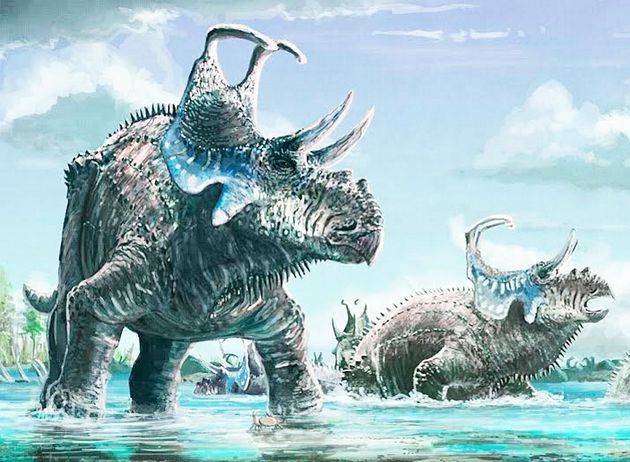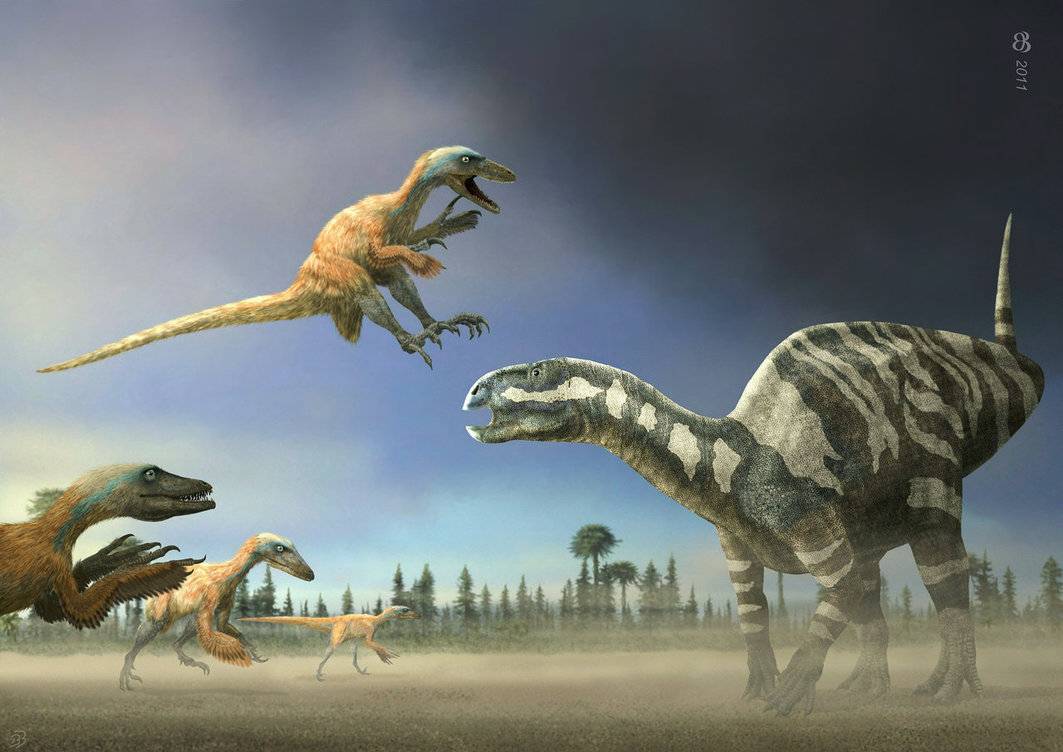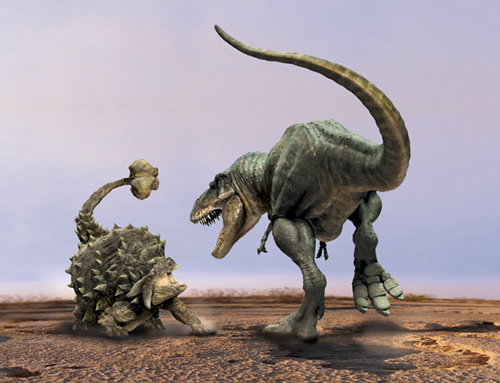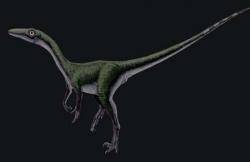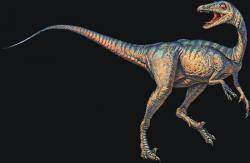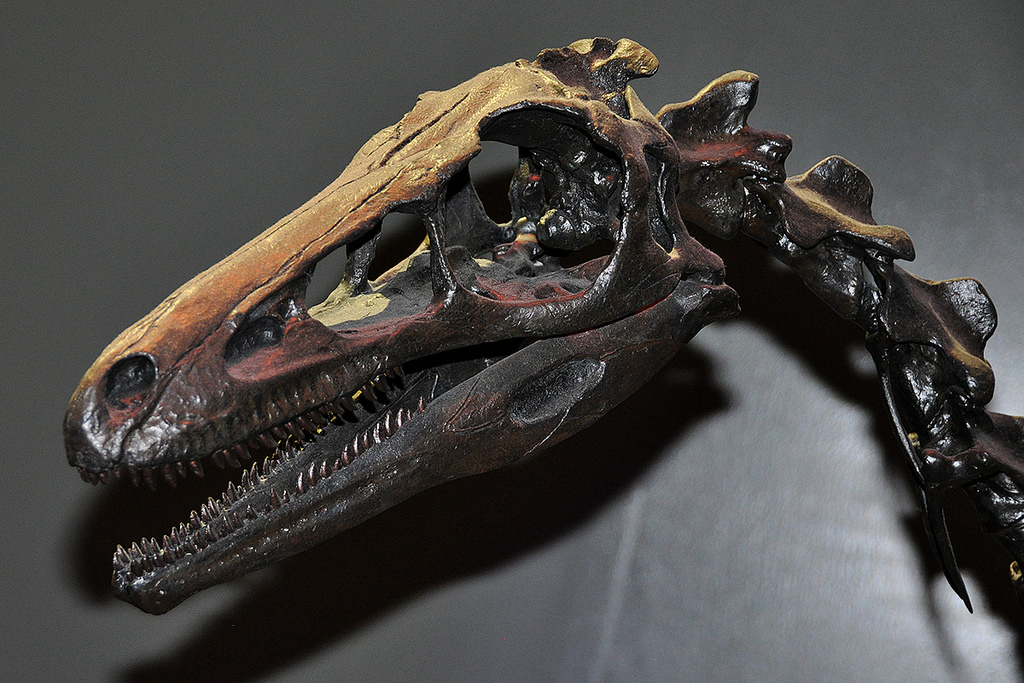- Thread starter
- #21
Researchers From Japan And Mongolia Unearth The World's Largest Dinosaur Footprint Ever -
Let’s talk about some absolute studs who lived on the planet 65 million years ago – dinosaurs. Researchers in Mongolia have unearthed what could be the world’s largest dinosaur footprint. And it’s the size of a full grown man.
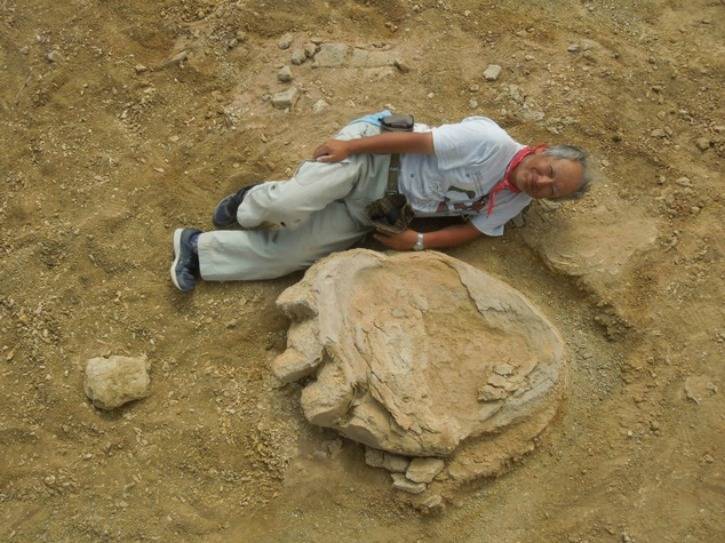
tecake
According to researchers, the footprint belongs to a species named Titanosaur. This species was herbivorous and ate plants to gain energy, and was known to have a long neck – in fact, the longest neck among all the species that ever lived on Earth.
The footprint is 106 centimetres (42 inches) long and 77 centimetres wide.
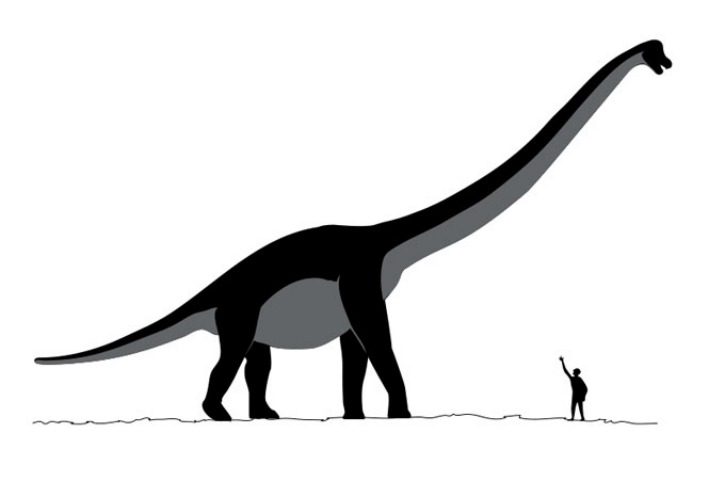
clipartpanda
The researchers on the team are from Mongolia and Japan. Mongolia has a huge history of dinosaurs footprints, with many being found in the Mongolian desert before. However, this one is the biggest so far.
The fossil may belong to a period ranging from 90-70 million years ago.
“This is a very rare discovery as it’s a well-preserved fossil footprint that is more than a metre long with imprints of its claws,” said a statement issued by the Okayama University of Science.
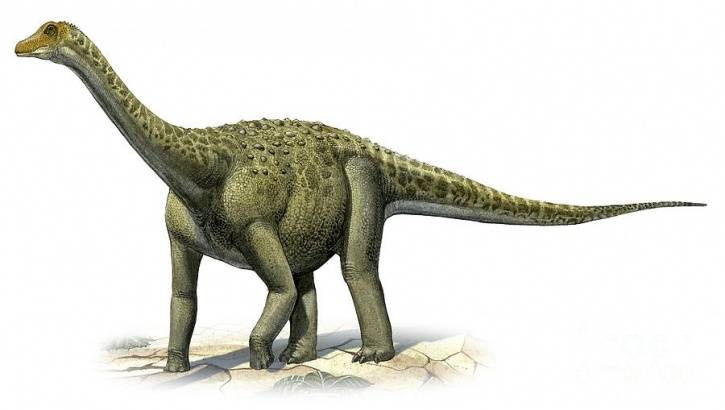
dinosaurpictures
This particular fossil belonged to a Titanosaur that was 30 meters long and 20 meters tall.
Source: Bing News ले छापेको छ/
Let’s talk about some absolute studs who lived on the planet 65 million years ago – dinosaurs. Researchers in Mongolia have unearthed what could be the world’s largest dinosaur footprint. And it’s the size of a full grown man.

tecake
According to researchers, the footprint belongs to a species named Titanosaur. This species was herbivorous and ate plants to gain energy, and was known to have a long neck – in fact, the longest neck among all the species that ever lived on Earth.
The footprint is 106 centimetres (42 inches) long and 77 centimetres wide.

clipartpanda
The researchers on the team are from Mongolia and Japan. Mongolia has a huge history of dinosaurs footprints, with many being found in the Mongolian desert before. However, this one is the biggest so far.
The fossil may belong to a period ranging from 90-70 million years ago.
“This is a very rare discovery as it’s a well-preserved fossil footprint that is more than a metre long with imprints of its claws,” said a statement issued by the Okayama University of Science.

dinosaurpictures
This particular fossil belonged to a Titanosaur that was 30 meters long and 20 meters tall.
Source: Bing News ले छापेको छ/


